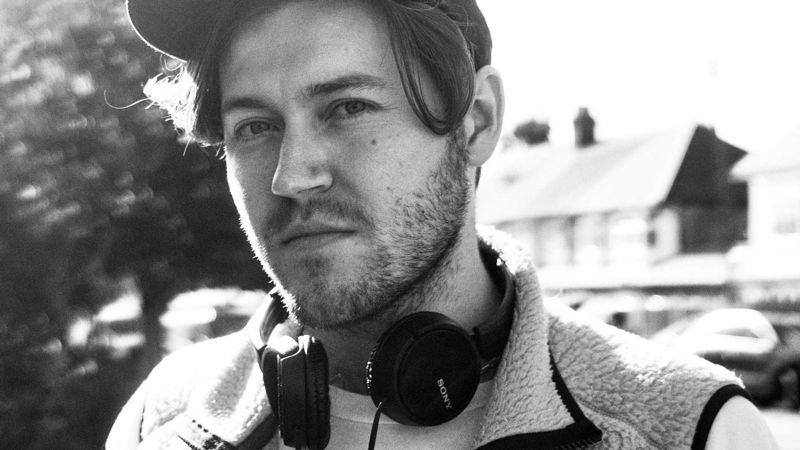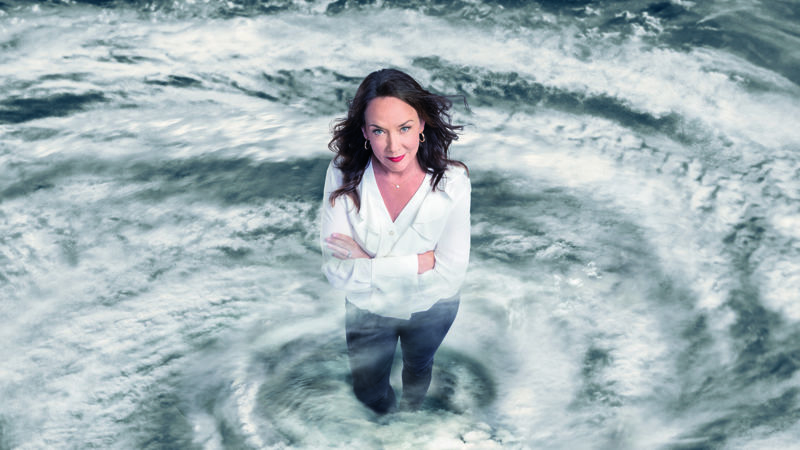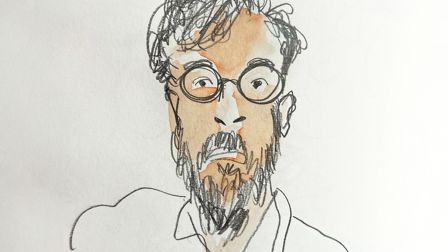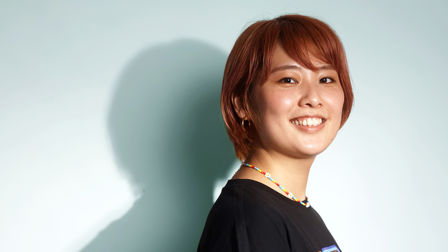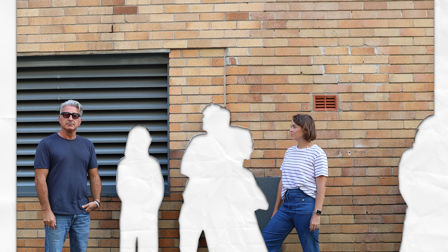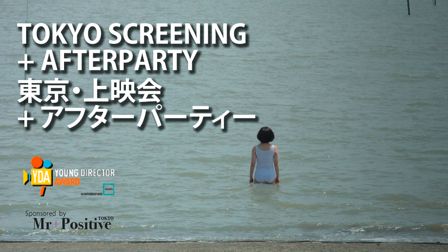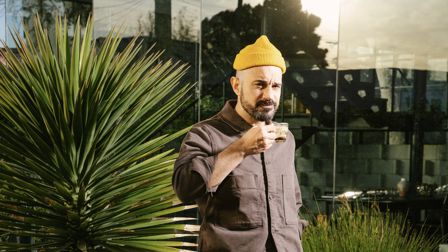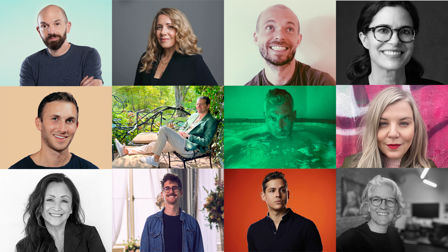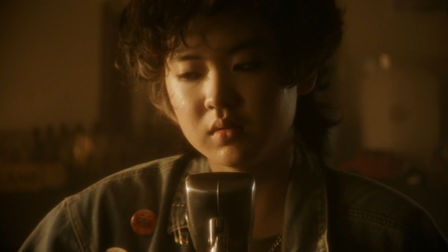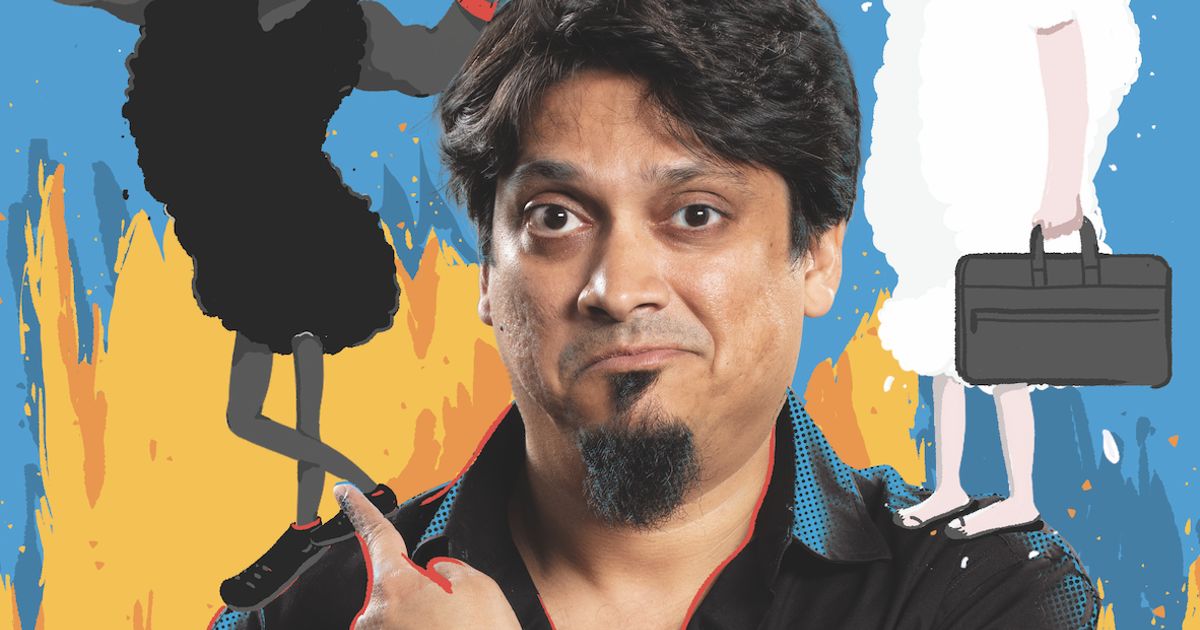Russell Barrett: The velocity of a speeding country
According to BBH India's CCO and Managing Partner, the country is experiencing exciting times. He thinks rapidly evolving technology is the catalyst for this explosion of new ideas. Yet, though thrilled at what new tech can achieve, he knows only too well that, as far as social media is concerned, it’s a force for good and ill.
After recognising the fragility of a sporting life, Russell Barrett abandoned a promising career as a hockey player and, after trying his hand at journalism for a short time, entered the advertising industry in 1996, starting out at Rediffusion DY&R.
Successful stints at Ogilvy, Leo Burnett and Bates India followed, before he joined BBH India in March 2012. Under his creative stewardship, the agency has produced innovative work for brands such as Havells water purifiers, Tinder and the Diamond Producers Association.
In the pursuit of justice, in my instance, it became painfully obvious that the people involved in the malicious attack on me just didn’t consider cause and effect. They didn’t consider proof, truth, research, honesty...
Barrett is one of India’s leading creative lights and is optimistic about his country’s creative future, citing a glut of talented youth coming to the fore and India’s embrace of new technology as reasons to be cheerful.
However, that new technology also proved to be a double-edged sword for him when, in January this year, he was accused on social media of inappropriate conduct before being fully exonerated following an internal investigation.
Here he discusses the country’s creative evolution, what it’s like to be guided by legends such as Sir John Hegarty, and how social media can be used to “galvanise change” but to also sow “emotion over fact [and] opinion over truth”.
Credits
powered by
- Agency BBH/Mumbai
- Production Company Early Man Film
- Director Ayappa KM
-
-
Unlock full credits and more with a Source + shots membership.
Credits
powered by
- Agency BBH/Mumbai
- Production Company Early Man Film
- Director Ayappa KM
- Chief Creative Officer Russell Barrett
- Art Director Rodrigues Robert
- Executive Creative Director Vasudha Misra
- Producer Khvafar Vakharia
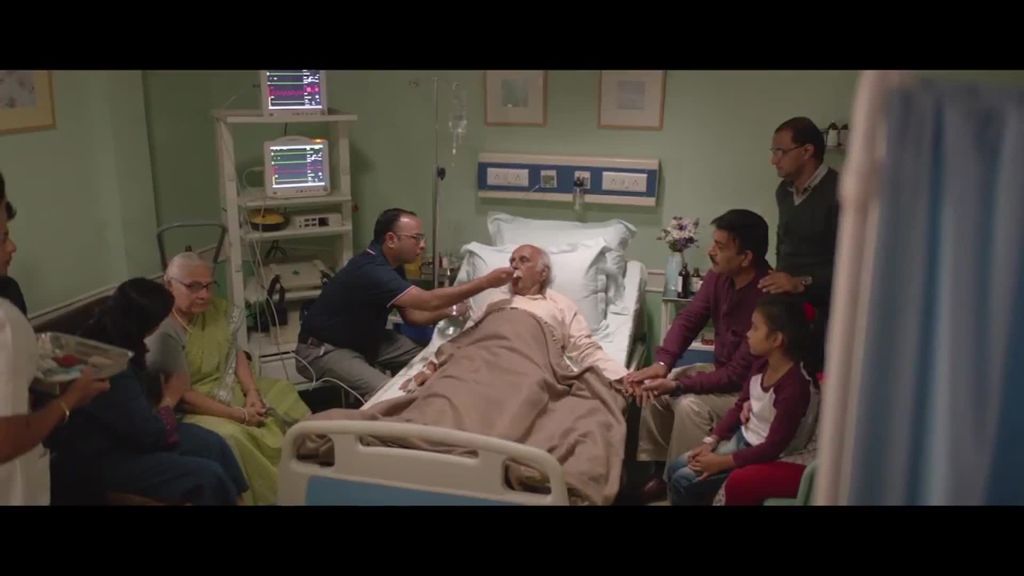
Credits
powered by
- Agency BBH/Mumbai
- Production Company Early Man Film
- Director Ayappa KM
- Chief Creative Officer Russell Barrett
- Art Director Rodrigues Robert
- Executive Creative Director Vasudha Misra
- Producer Khvafar Vakharia
Above: BBH India's work for water purifier company, Havells.
How do you see the creative landscape in India and how might it look in the future?
I genuinely feel that now is the most exciting time to be a creative professional in this country. It’s full of opportunities, because things are changing at such a rapid rate. People are learning to adapt and do things differently. There’s no equilibrium and no status quo, there are really interesting things happening everywhere. And it’s not just in advertising, it’s the same for any creative field. This is probably the most exciting time there has been since India came into existence as an independent country in 1947.
Being Indian means different things to different people depending on which part of India you come from.
Where do you think that those changes are emanating from?
I think technology, across the world, is the catalyst for most of the change. Technology has grown our awareness, education, new ideas. Technology has turned things all the way round. In India the computer revolution never happened. We went from analogue directly to mobile. I mean, computers happened in the cities and everyone had those old desktops [but] for the largest part of the country you went straight to mobile, which gave you access to the entire world.
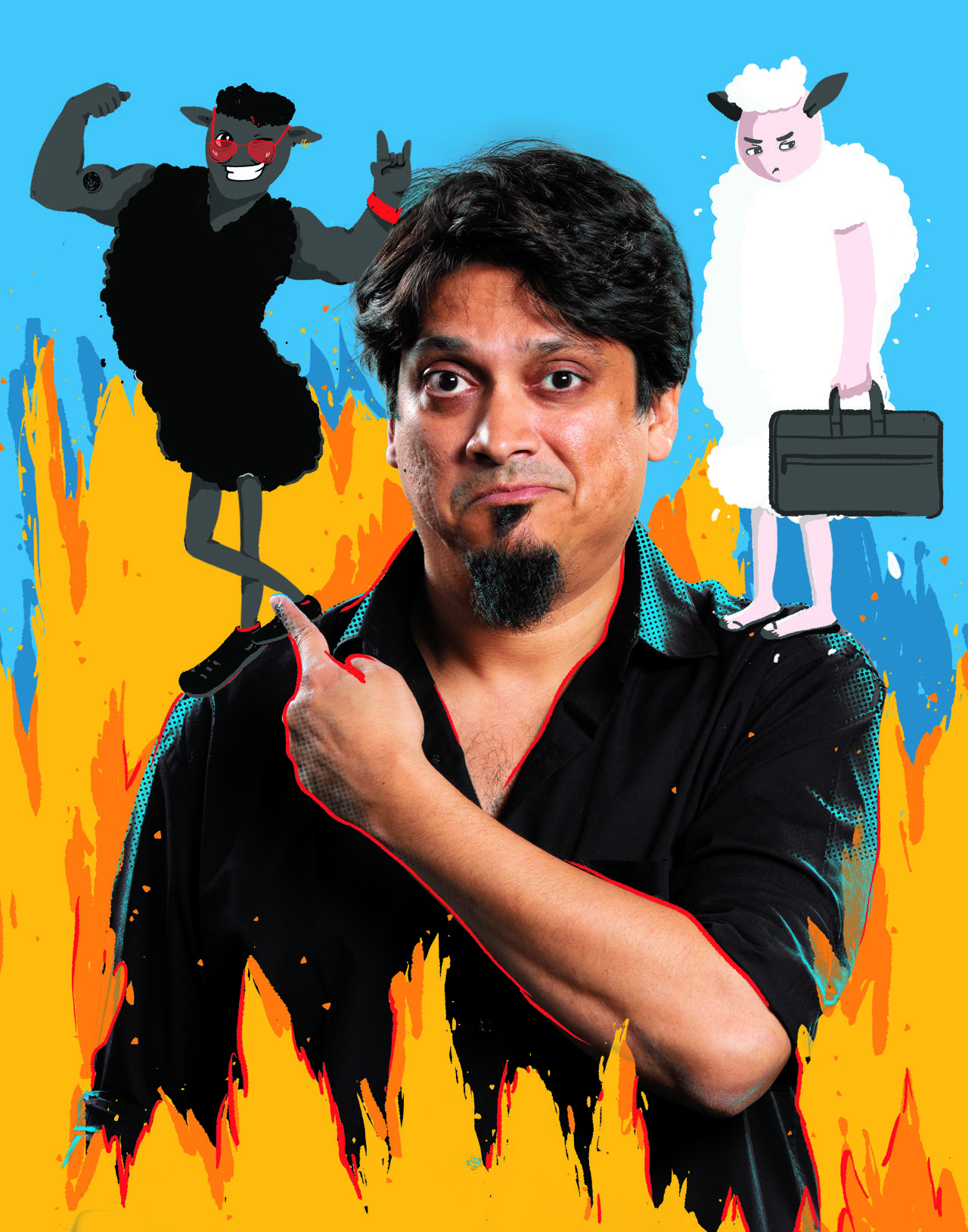
The culture of India and the people of India have embraced that change, but has advertising – clients and agencies – changed quickly enough along with it to reflect that?
I don’t think so. I believe that’s a problem in most markets. There are really smart marketers and they are leading the charge and seeing results, and then we have a bunch of others who follow. They say, “Yes, I want exactly what that guy did,” but those guys are already too late, and things have moved on. You have an inspiring marketer who is doing amazing work and who keeps reinventing things, and then we have a bunch of others who follow. That’s true here [but] I wouldn’t put the blame entirely on marketers. Have advertising agencies and the marketing community changed as fast as the country? No, they haven’t. But there are individuals here who have and are leading the charge and laying the ground for success.
There are pockets of resistance to both these [scam] practices: individuals and small groups of people who don’t believe there is any future in this model.
Many agencies are actually course-correcting at the moment, from expanding with different arms of the business they’re now centralising things; is that something you’re seeing here?
For years I’ve felt there is no place in the world for a digital agency, and there’s no place in the world for a traditional agency. None of those ideas can exist as separate from the other. There is a place for an advertising agency of today, and that’s what you have to be. Today these are the media that you need to work with, these are the media that you need to express creativity in, and if it changes suddenly, if AR becomes the only thing that people are talking about, that’s what you have to learn.
Credits
powered by
- Agency BBH/Mumbai
- Production Company Ransom Film
- Director Bharat Sikka
-
-
Unlock full credits and more with a Source + shots membership.
Credits
powered by
- Agency BBH/Mumbai
- Production Company Ransom Film
- Director Bharat Sikka
- Chief Creative Officer Russell Barrett
- Art Director Rodrigues Robert
- Creative Director Vasudha Mishra

Credits
powered by
- Agency BBH/Mumbai
- Production Company Ransom Film
- Director Bharat Sikka
- Chief Creative Officer Russell Barrett
- Art Director Rodrigues Robert
- Creative Director Vasudha Mishra
Above: Work for Tinder India
Do you think India has a strong enough talent pool coming through the creative ranks?
I think there are some really, really talented young people in the system and I’m extremely excited about where their careers are going. I have an optimistic outlook on where [India is] with young talent. I would always take a risk on youth and passion and drive. If the interest and the excitement and the ambition and the hunger is there, the rest of it will come.
Very early on John [Hegarty] encouraged me to just go out there and have the most fun you can with what you’re doing [and] don’t make the mistake of stressing about the results.
What’s the most challenging part of your role?
Switching hats. From copywriter to creative director, to junior strategic planner, to trainee business director, to client partner, to traffic coordinator, to sales representative to counsellor, to postman, to mentor, to student, to referee, to observer, back to copywriter.
Credits
powered by
- Agency BBH/Mumbai
- Production Company Crazy Few Films
- Director Anupam Mishra
-
-
Unlock full credits and more with a Source + shots membership.
Credits
powered by
- Agency BBH/Mumbai
- Production Company Crazy Few Films
- Director Anupam Mishra
- Executive Creative Director Vasudha Misra
- Line Production Benetone Films
- Chief Creative Officer Russell Barrett
- Creative Partner Rodrigues Robert
- Head of Production Khvafar Vakharia
- DP Tetsuo Nagata
- Producer Urfi Kazmi
- Producer Viraj Gawas
- Sound Engineer Tilak Goswami
- Talent Aamir Khan
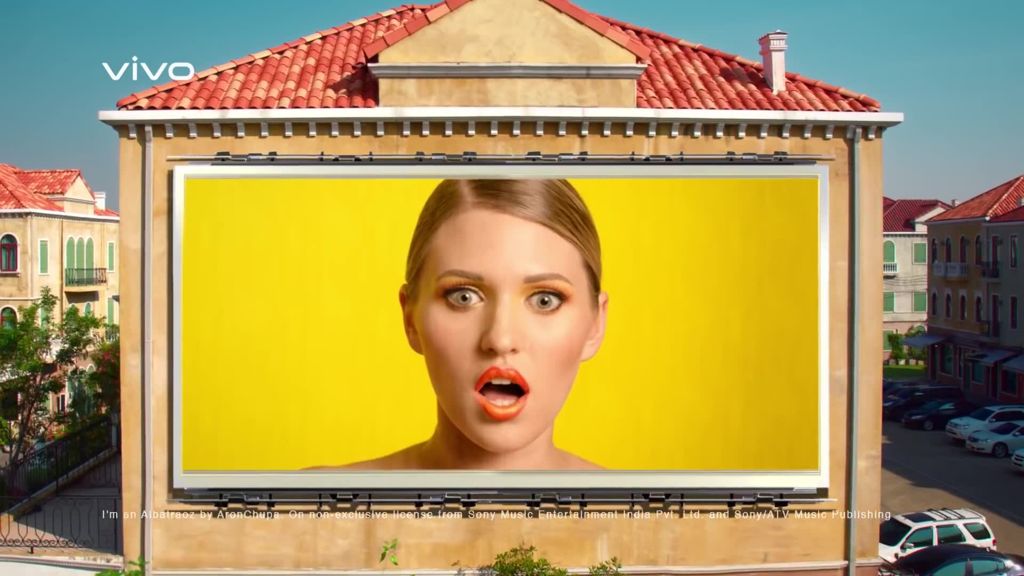
Credits
powered by
- Agency BBH/Mumbai
- Production Company Crazy Few Films
- Director Anupam Mishra
- Executive Creative Director Vasudha Misra
- Line Production Benetone Films
- Chief Creative Officer Russell Barrett
- Creative Partner Rodrigues Robert
- Head of Production Khvafar Vakharia
- DP Tetsuo Nagata
- Producer Urfi Kazmi
- Producer Viraj Gawas
- Sound Engineer Tilak Goswami
- Talent Aamir Khan
Above: Vivo's Time to Go Pop Some Eyeballs
We have talked about the positive change that new technology has brought to India, but that change recently affected you negatively when you were accused on social media of inappropriate conduct. You’ve been completely exonerated following an investigation but how did that situation impact on you?
In the pursuit of justice, in my instance, it became painfully obvious that the people involved in the malicious attack on me just didn’t consider cause and effect. They didn’t consider proof, truth, research, honesty and instead have conveniently ignored my exoneration. They’ve not considered the huge damage they may have caused completely innocent people (myself and my family) and have distanced themselves from this injustice with convenient, sanitised words like “collateral damage”. Which in itself is merely an opiate for the conscience.
I believe we’re at an important crossroad and the sooner we realise that social media will become truly powerful only when it moves from the virtual to the real, the faster we can effect genuine change and exploit the medium’s strength.
Social media can be amazing. It can galvanise people to change what’s wrong with society. It can circumvent the vested interests of those in power and return power to the people. But sadly it can also be used by unscrupulous minds to subvert this strength. Individuals who use emotion over fact, opinion over truth and the mob over legal recourse. I believe we’re at an important crossroad and the sooner we realise that social media will become truly powerful only when it moves from the virtual to the real, the faster we can effect genuine change and exploit the medium’s strength.
How does it feel being in a leading creative role at BBH, working for and with Sir John Hegarty and now Pelle Sjoenell?
It’s a huge responsibility. The weight of it can be crippling if you let it. But very early on John encouraged me to just go out there and have the most fun you can with what you’re doing [and] don’t make the mistake of stressing about the results, those will come, just focus on the work and everything else falls into place. He’s absolutely the most inspirational creative person I have ever had the good fortune to interact with. Pelle is the most supportive, positive person I’ve ever met. With Pelle, you know that he’s got your back, he’ll jump in and help every single time and he’ll selflessly do everything he can so that you can be brilliant.
Our culture. It is so rich, colourful and diverse.
Many have mentioned scam advertising; some say it’s still a problem in India, others that it’s under control. What do you think the current situation is, and what constitutes a scam ad?
There are, I believe, two kinds of scams in advertising. The first and most obvious kind is advertising designed specifically to win an award, not to serve a brand’s purpose. In the long run it’s actually detrimental to creative people as it reduces creativity to an indulgence instead of making it a super-weapon for marketing. This kind of scam will continue for as long as the second kind of scam exists (because creativity has to have an outlet or we will all go mad).
The second kind of scam in advertising is a more large-scale con. It is us taking money to produce substandard products (advertising) that do not work and can literally be made by anybody. This con is perpetuated by both advertising professionals and their marketing counterparts. The victim here is the brand. But there are pockets of resistance to both these practices: individuals and small groups of people who don’t believe there is any future in this model.
Credits
powered by
- Agency BBH/Mumbai
- Production Company Early Man Film
- Director Ayappa KM
-
-
Unlock full credits and more with a Source + shots membership.
Credits
powered by
- Agency BBH/Mumbai
- Production Company Early Man Film
- Director Ayappa KM
- Assistant Director Mandakini Menon
- Assistant Director Karan Tejpal
- Executive Producer Anand Menon
- Producer Milin Shah
- Line Production Shail Vora
- DP Jason West
- Editor Navneet Pant
- Editor Prakash Kurup
- Post Producer Gangadhar Chougala
- Sound Designer Kenny Basumatari
- Art Director Sapna Ahluwalia
- Art Director Akshay Keluskar
- CEO & Managing Partner Subhash Kamath
- Chief Creative Officer & Managing Partner Russell Barrett
- Copywriter Yohan Daver
- Copywriter Siddharth Shah
- Creative Director Sapna Ahluwalia
- Creative Director Yohan Daver
- Executive Producer Reema Asrani
- Head of Planning Sanjay Sharma
- Head of Production Khvafar Vakharia
- Managing Director Arvind Krishnan

Credits
powered by
- Agency BBH/Mumbai
- Production Company Early Man Film
- Director Ayappa KM
- Assistant Director Mandakini Menon
- Assistant Director Karan Tejpal
- Executive Producer Anand Menon
- Producer Milin Shah
- Line Production Shail Vora
- DP Jason West
- Editor Navneet Pant
- Editor Prakash Kurup
- Post Producer Gangadhar Chougala
- Sound Designer Kenny Basumatari
- Art Director Sapna Ahluwalia
- Art Director Akshay Keluskar
- CEO & Managing Partner Subhash Kamath
- Chief Creative Officer & Managing Partner Russell Barrett
- Copywriter Yohan Daver
- Copywriter Siddharth Shah
- Creative Director Sapna Ahluwalia
- Creative Director Yohan Daver
- Executive Producer Reema Asrani
- Head of Planning Sanjay Sharma
- Head of Production Khvafar Vakharia
- Managing Director Arvind Krishnan
Above: Paisa Vasool Insurance
What do you think India’s greatest asset is when it comes to creativity?
Our culture. It is so rich, colourful and diverse, with symbols, sounds and stories that stretch back over centuries. Our history of brilliant craft is another huge strength.
And its biggest creative challenge as an advertising industry?
Being able to harness this culture and use it to our advantage. Being Indian means different things to different people depending on which part of India you come from. Succumbing to a popular/proven narrative and therefore not bringing that difference to the table every single day is our challenge.
)
